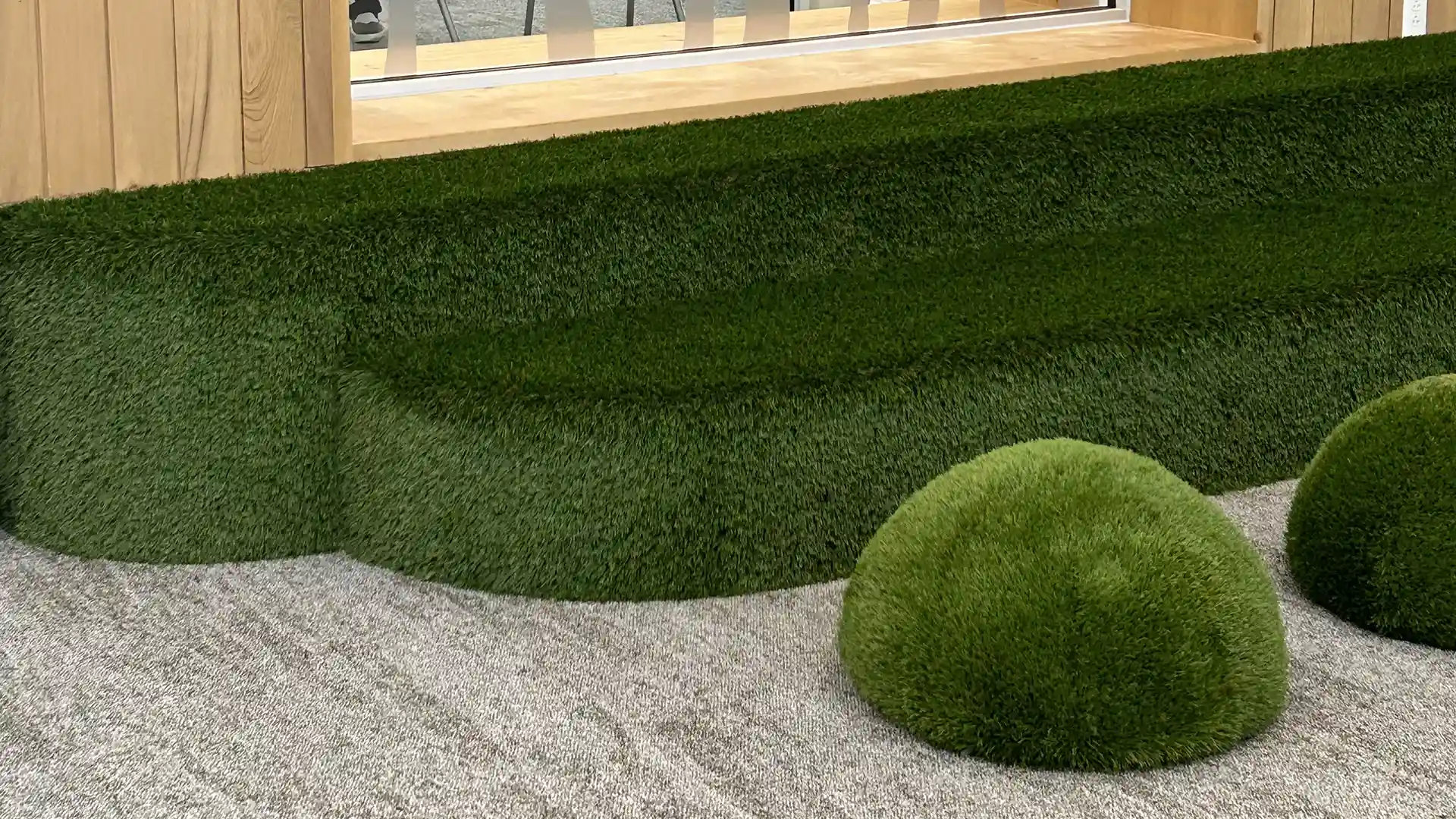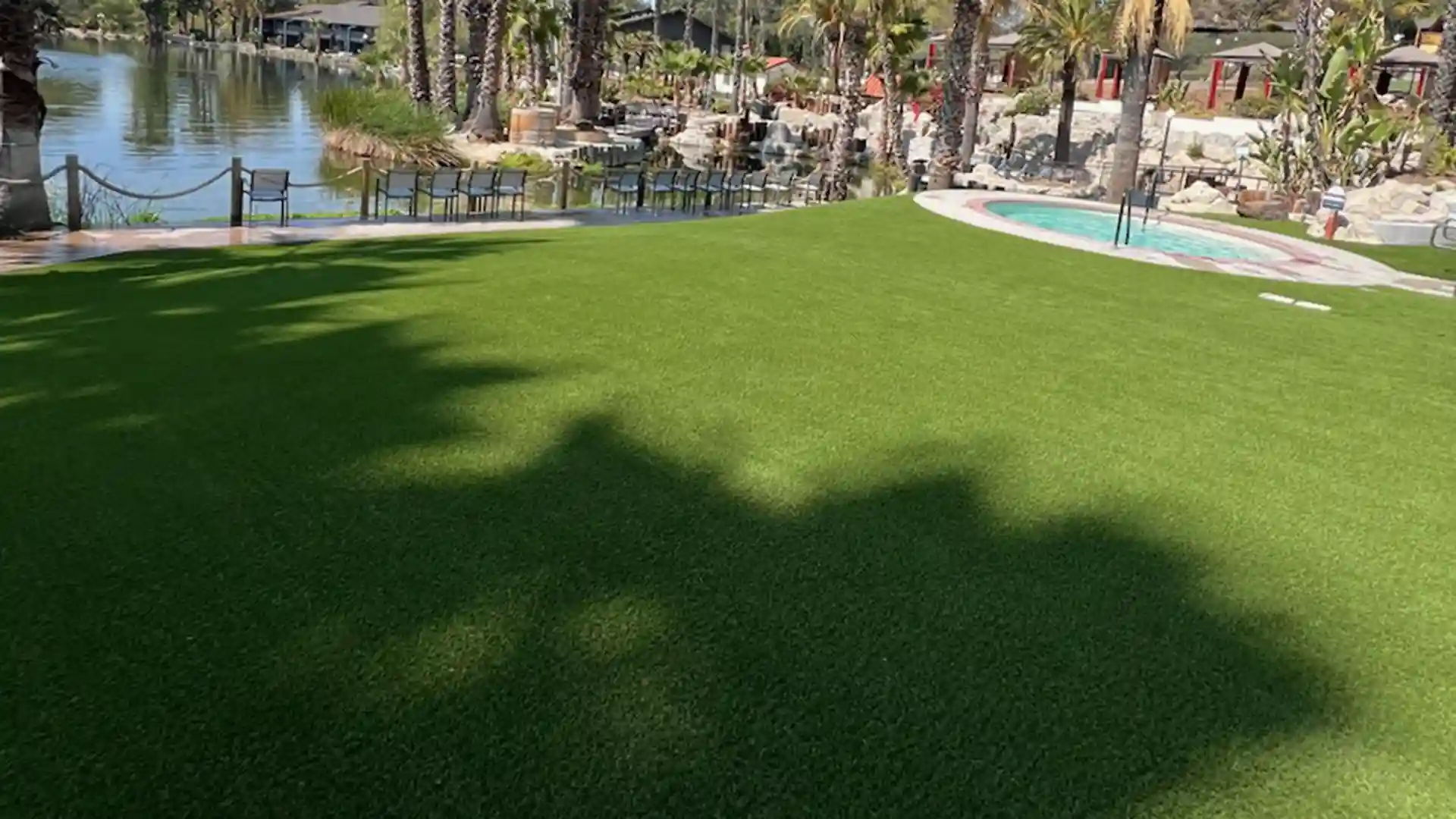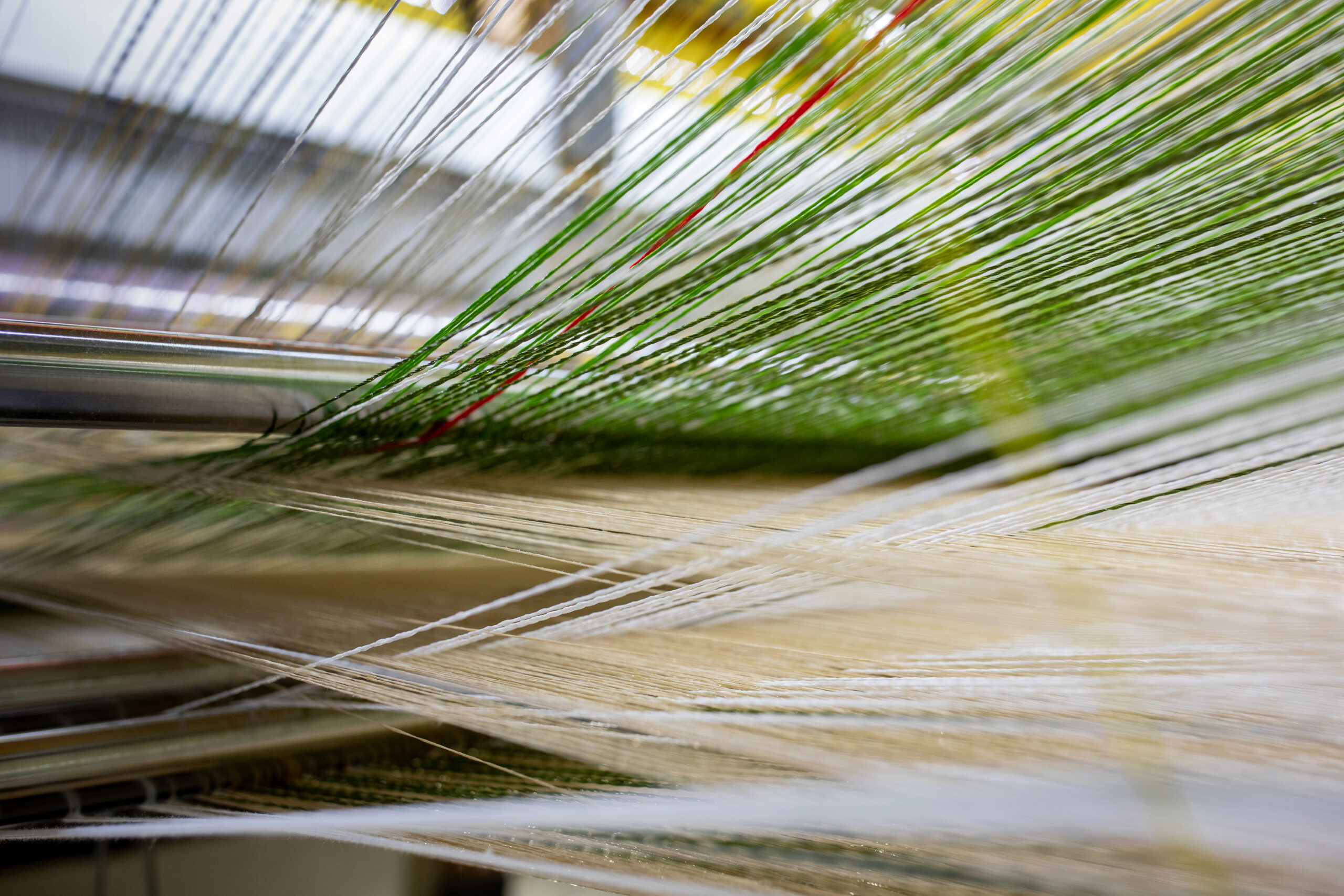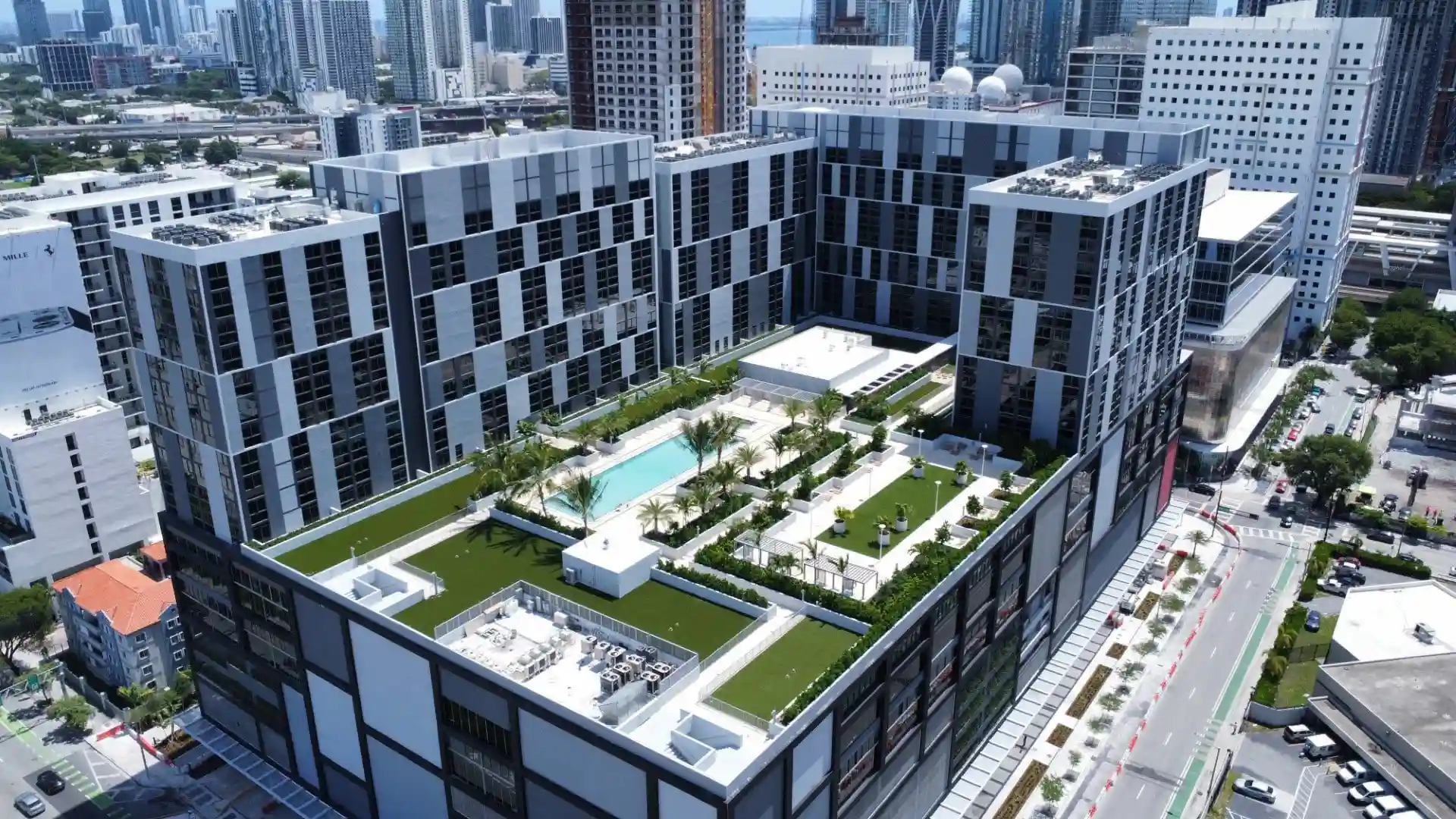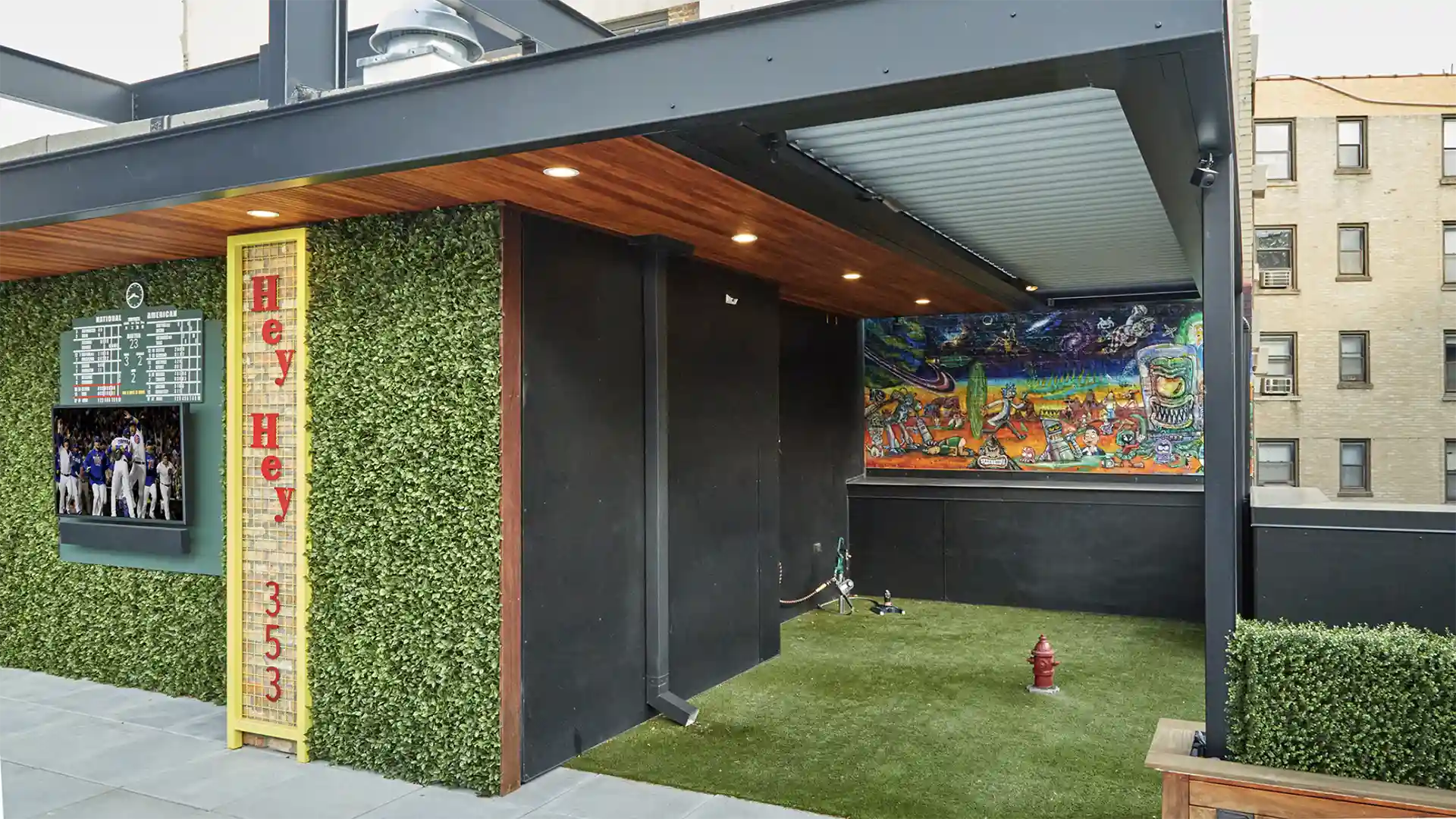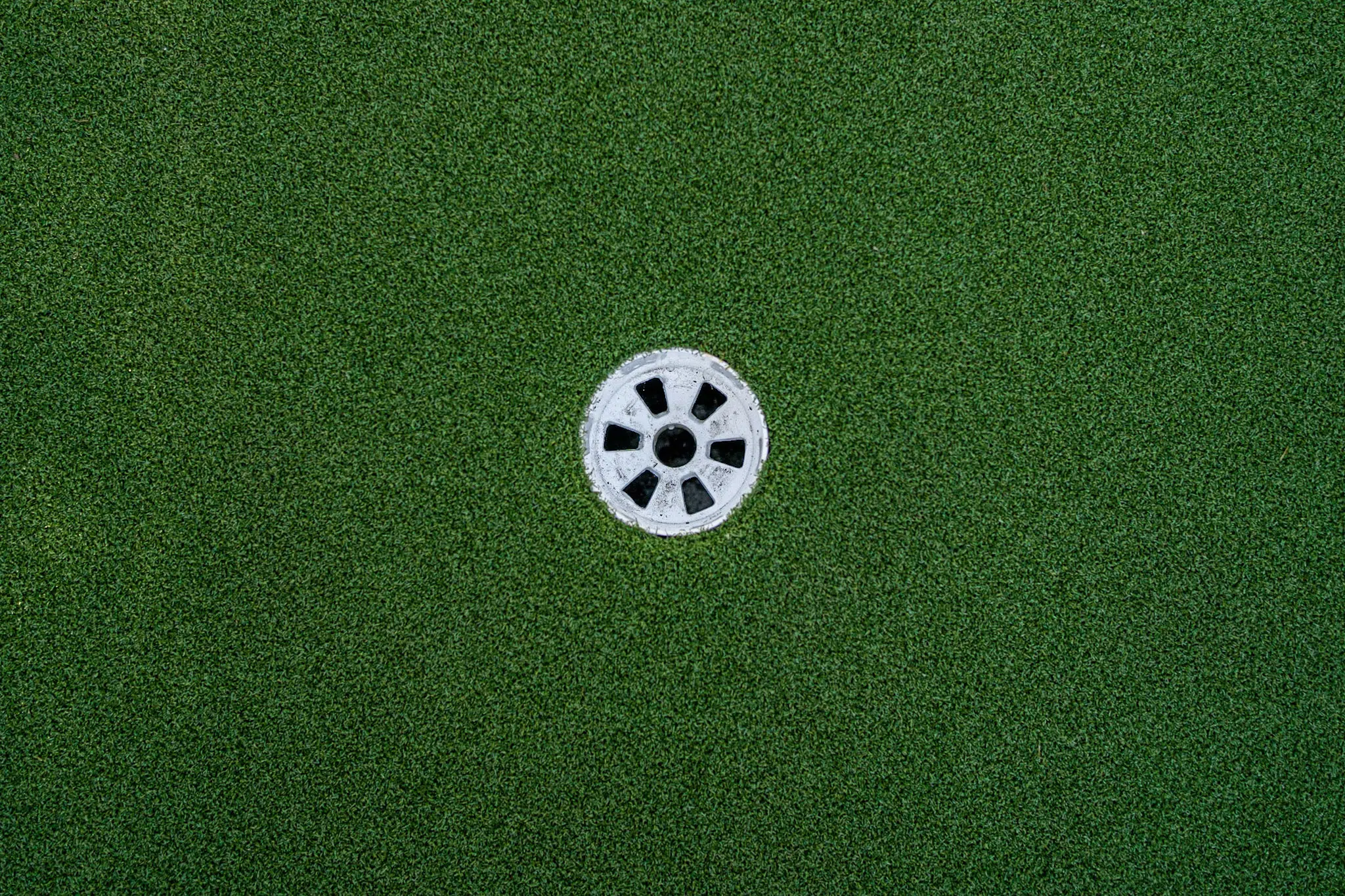
Does Artificial Turf Drain Well?
Ever wondered what happens to rainwater when it hits artificial turf? Can artificial grass drain water, and if so, does it drain well? The answer is a resounding yes—when properly installed, modern artificial turf can drain water faster and more efficiently than natural grass.
Unlike natural lawns that depend on soil absorption, artificial turf is designed with permeable backing, advanced drainage layers, and structured base systems to direct water away quickly. This means no puddles, no mud, and no disruptions—just a dry, functional outdoor space in any weather.
This guide will explain how artificial turf manages water, debunk common drainage myths, and explore the latest innovations in artificial turf drainage systems.
Why Drainage Matters
Proper drainage is essential for keeping outdoor spaces functional, safe, and long-lasting. Without it, excess water can cause significant issues, regardless of whether you install natural grass or artificial turf.
The Benefits of Good Drainage
- Eliminates standing water: No more puddles, mud, or slippery surfaces.
- Prevents mold and bacteria growth: Dries quickly, keeping surfaces fresh and odor-free.
- Reduces safety risks: Minimizes the chance of slips, falls, and water damage.
- Extends lifespan: Protects natural grass roots and artificial turf backing from moisture-related wear.
- Maximizes usability: Keeps lawns, playgrounds, and sports fields dry and ready for use—even after heavy rain.
A properly installed drainage system creates a cleaner, safer, and longer-lasting outdoor space, whether you choose natural or artificial grass.
Artificial Turf Drainage vs Natural Grass
Both natural grass and artificial turf require drainage, but their methods differ significantly. Here’s how:
| Feature | Natural Grass | Artificial Turf |
|---|---|---|
| Water Absorption | Limited—blades absorb some water, but mostly relies on soil. | Does not absorb water—engineered to direct water downward. |
| Soil Percolation | Water seeps through soil layers, effectiveness depends on soil type. | Water flows through permeable turf backing into the base layer. |
| Drainage Speed | Varies—slow in clay soil, fast in sandy soil. | Fast and consistent with engineered drainage systems. |
| Puddle Formation | Common in compacted or saturated soil. | Minimal due to structured drainage design. |
| Runoff Management | Requires proper lawn grading and can lead to erosion issues. | Sub-base ensures controlled, efficient water dispersion. |
Why Artificial Turf Has the Advantage
With natural grass, drainage performance is unpredictable, as it depends on soil type, weather, and maintenance. Artificial turf eliminates these concerns, offering a reliable, all-weather drainage solution that keeps outdoor spaces functional, dry, and low maintenance.
What is Artificial Turf Drainage?
Artificial grass drainage refers to how efficiently water moves through the synthetic grass and into the ground below.
Here are three key components of artificial turf drainage:
- Permeable Turf Backing: Modern turf features perforated drainage holes or fully permeable backing that allows water to pass through instantly. In advanced, fully permeable solutions, this technology is built into the entire solution. Otherwise, you might need to install drainage separately under your artificial turf.
- Engineered Base Layers: A compacted sub-base made of crushed stone or decomposed granite ensures water drains smoothly and prevents pooling.
- Grading & Slope Adjustments: A 1-2% slope makes sure water naturally flows toward designated runoff areas, keeping the surface dry. Any drainage solution for artificial turf needs this layer, as it helps tailor the solution to the soil conditions.
Without proper drainage, water-related issues can arise, such as:
- Puddles and surface flooding, making the turf unusable after rain.
- Mold, mildew, and bacterial growth, leading to potential health hazards.
- Surface instability, causing shifting, warping, or sinking over time.
Thankfully, innovative drainage solutions solve these issues.
How Advanced Turf Drainage Systems Work
A well-designed artificial turf drainage system controls water movement, keeping surfaces dry and long-lasting. SYNLawn’s SuperDrain+™ is an industry leader, designed to handle heavy rainfall effortlessly while ensuring a dry, usable surface almost immediately.
What Makes SuperDrain+™ Exceptional?
- Ultra-Fast Drainage Rate: Can handle 1,200 inches of water per hour—40x faster than the highest recorded U.S. rainfall.
- Integrated, Eco-Friendly Design: Built into SYNLawn’s exclusive plant-based EnviroLoc+ backing system for superior sustainability.
- Clog-Resistant System: Reduces debris buildup, keeping drainage pathways clear.
- Durability & Stability: Withstands temperature fluctuations while maintaining its structure.
- Proven Performance: ASTM F1551 certified, meeting rigorous industry drainage standards.
With SuperDrain+™, rain, spills, and pet waste drain quickly, keeping artificial turf dry, clean, and usable year-round.
Debunking Artificial Turf Drainage Myths
Despite the proven effectiveness of artificial turf drainage, there are still some common misconceptions. Let’s set the record straight about what might or might not lead to artificial grass drainage problems.
Myth #1: Artificial Turf Causes Puddles
Only improperly installed turf and low-quality products can result in puddles. High-quality artificial turf products that come with fully permeable backing ensure water passes through instantly and prevent pooling.
Myth #2: Artificial Turf Contributes to Flooding
Properly installed artificial turf manages stormwater better than compacted soil, evenly distributing water flow and reducing runoff.
Myth #3: Artificial Turf Doesn’t Drain Pet Waste Properly
Pet-friendly artificial turf is designed for quick drainage, preventing odor buildup. Many premium products also feature antimicrobial properties for added hygiene.
Myth #4: Artificial Turf Disrupts Natural Water Absorption
Unlike paved surfaces, artificial turf allows water to filter through and reach the soil, helping to maintain groundwater balance.
Myth #5: Artificial Turf is Bad for the Environment
Today’s artificial grass is more sustainable than ever, cutting down on water use, pesticide exposure, and carbon emissions. Many products, like SYNLawn’s EnviroLoc+, incorporate soy-based backing and recycled materials for eco-conscious performance.
Myth #6: Artificial Turf Contributes to Soil Degradation
A properly installed artificial turf system includes a structured sub-base that prevents soil compaction and supports healthy water flow.
Final Verdict: Does Artificial Turf Drain Well?
Absolutely! Modern artificial turf drainage systems are built for maximum efficiency, making them superior to natural grass in handling water flow.
How SYNLawn’s SuperDrain+™ artificial turf drainage excels:
- Permeable Backing: Designed for instant drainage through thousands of micro-perforations.
- High Water Capacity: Drains up to 1,200 inches per hour, depending on the product.
- Engineered Base System: Supports fast water filtration and long-term stability.
The Takeaway
Artificial turf offers a dependable, eco-friendly, and low-maintenance drainage solution that keeps outdoor spaces clean, dry, and enjoyable in all weather conditions.
Looking for more information? Contact our experts at SYNLawn for guidance on choosing the most suitable turf solution for your project.

